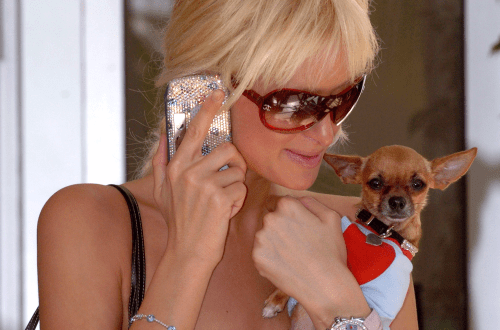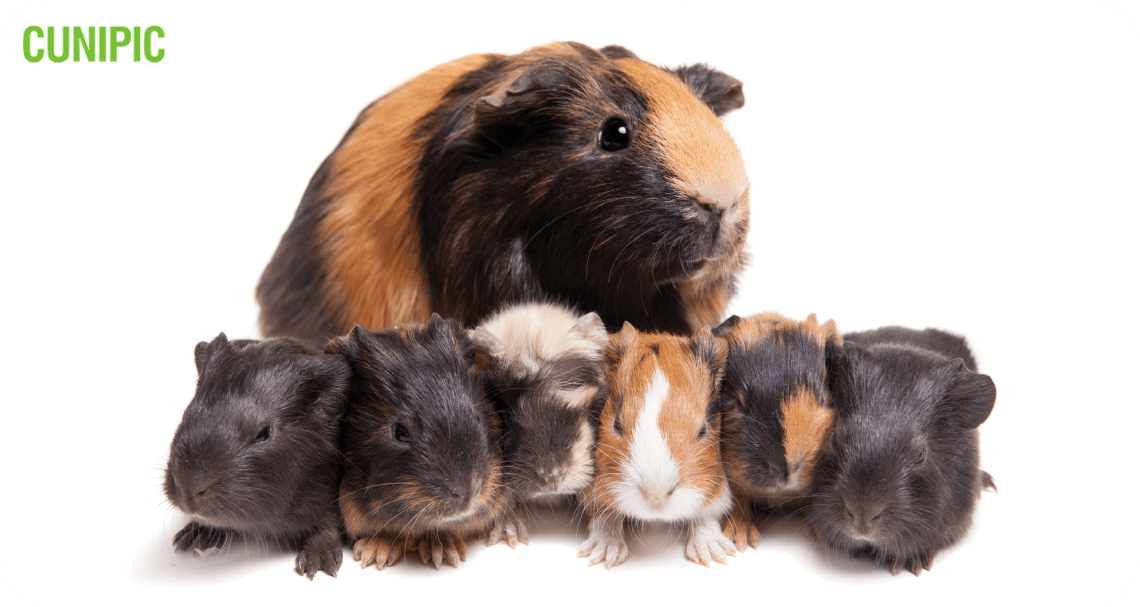
How to care for guinea pig offspring
Guinea pigs are among those animal species that are well known for their fertility. And in order to breed them, it is quite enough to purchase a couple of animals of different sexes, put them in one cage, provide them with optimal comfort, and then trust nature, which will undoubtedly do its job.
Surprisingly, female guinea pigs reach puberty by the end of the first month of life, and are ready to give birth. Males mature somewhat more slowly, and are ready to mate at two months of age.
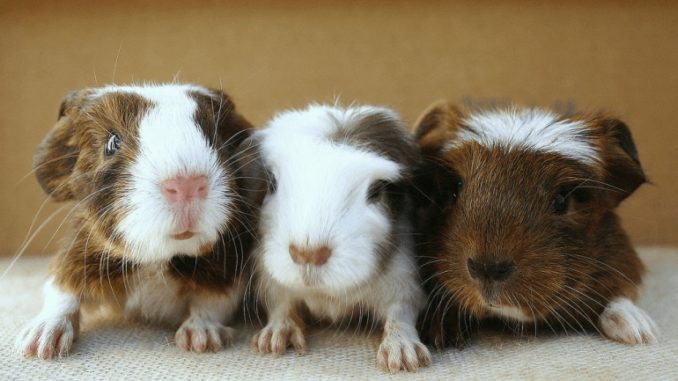
After 15-20 days from the date of the last birth, the female is again ready for copulation. It is this short period that explains the fertility of guinea pigs. Despite the fact that such an order has been established by nature itself, at home, the health of the female should be protected, and, if possible, pregnancy should not be allowed more than once every two months. For this, a couple are settled for a while.
A female guinea pig’s pregnancy lasts approximately two months. During this time, you need to take care of creating comfortable conditions for future offspring. First of all, you should wash the cage well, if necessary, replace the feeders with new ones, and place several additional drinkers. The main thing is to ensure that the female’s nutrition during this crucial period is balanced, fresh drinking water is always available, and constant cleanliness is maintained in the cage. Naturally, the male is weaned from the female for this time.
Newborn pigs need complete rest, and therefore the male continues to be kept in isolation after the birth of the cubs. This will help to avoid unforeseen situations and possible health problems of born pigs.
Needless to say, only healthy, hardy and strong individuals can give the same prosperous offspring. You also need to understand that it is best to buy these amusing animals from professional breeders, so you will protect yourself and your new pets from possible health complications. In any case, be interested in the pedigree of animals, the availability of vaccination certificates and other important documents.
The skin of newborn healthy cubs should be covered with soft and smooth hair. Their eyes open approximately 11 days before birth, so almost immediately after birth, babies can already see, just like they can hear. In addition, newborn pigs have already formed incisors.
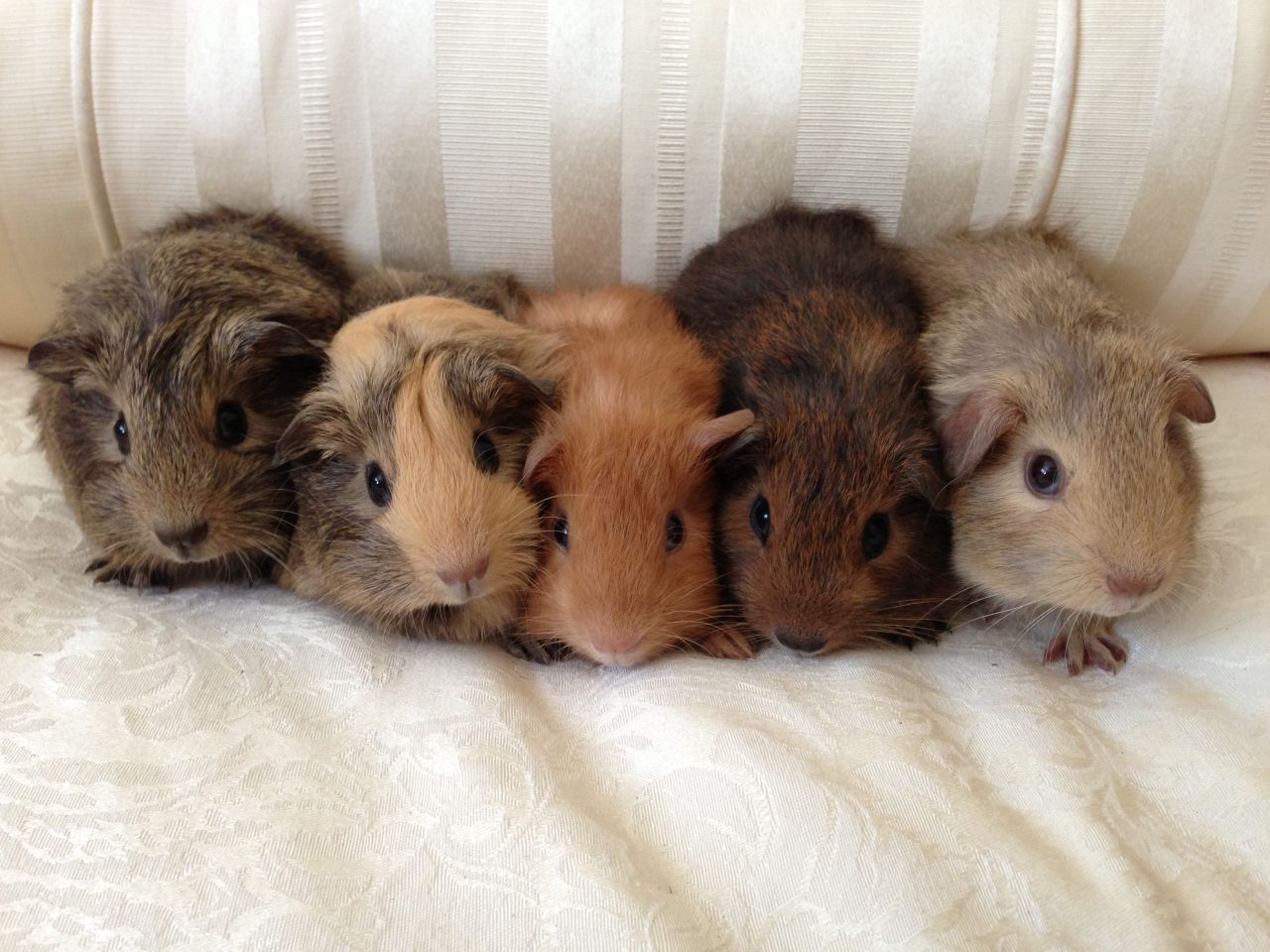
As a rule, a guinea pig can give birth to one to five cubs. At the same time, the fewer animals in the litter, the larger they are, and vice versa, the more numerous the offspring, the smaller the size of each baby. Accordingly, the weight of the cubs can be from 45 to 140 grams. However, if the baby weighs less than forty grams, most likely he will not survive. In this case, even with the help of artificial feeding, it is rarely possible to get a cub out.
When the cubs are four weeks old, they can already be weaned from the female and placed in a separate cage.
As for the nutrition of young animals, healthy babies can already be given solid food from the second day of life. Nature also provided the opportunity for the cubs to eat mother’s droppings, which contain B vitamins, as well as potassium, substances necessary for the healthy development of growing organisms.
The first 15 weeks of life of guinea pigs are characterized by rapid growth and development of animals. The normal indicator in weight gain is 4 grams daily. In the seventh week, there is a natural slowdown in such a fast pace. Accordingly, at two weeks of age, the animals weigh twice as much as at birth, and at eight weeks of age, their weight can be about 400 grams.
Surely the owners of guinea pigs have often thought about the origin of such a seemingly inexplicable name. But this has its own assumptions. It is believed that these funny animals originally lived in Europe, and spread from west to east, so it can be argued that the name “guinea pig” tells us that these animals came to Russia “through the sea”, of course, through ships. Germany has become one of the most popular countries from which animals were imported, and therefore the German name “attached” to them – “Meerschweinchen”, which means “guinea pig” in translation. There is also another name for pigs, in some countries they are called Indian.
But back to newborns. Having been born, after a few hours, nimble kids take up the study of the surrounding space. They quickly get on their feet and already look quite independent, so in the first days of life, the owner of the animals needs to be especially attentive to the behavior of the cubs.
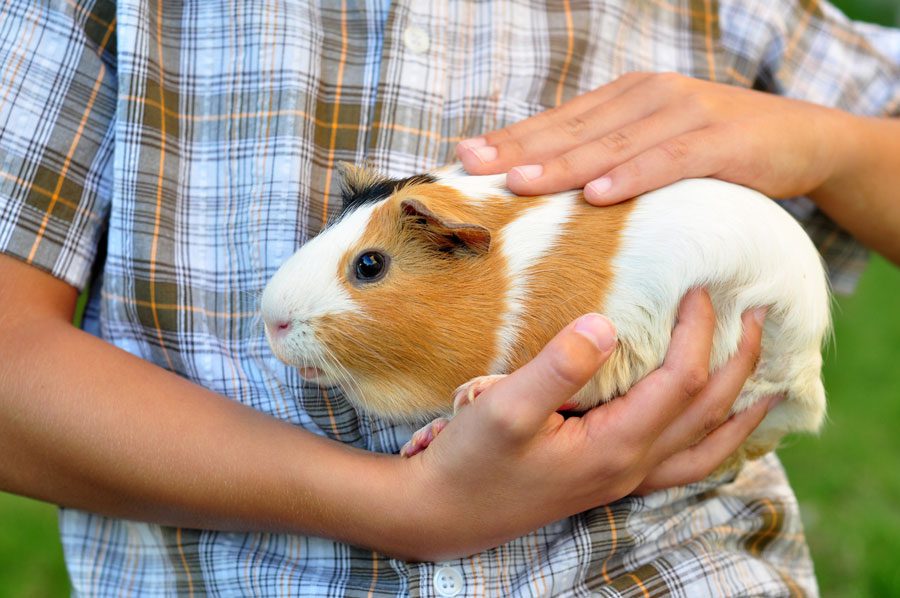
As a rule, a healthy female successfully copes with her offspring on her own, and can feed them with milk (which is 45% fat) for a month. True, the female guinea pig has only two nipples, and if the offspring is large, the babies have to fight for the right to get enough first.
As mentioned above, when the children reach the age of one month, they are moved away from their mother. At the same time, girls and boys are placed in different cages, because, as you know, puberty in guinea pigs, especially females, occurs quite quickly.
Do not miss the moment of socialization of animals, because any pets are made for communication. When babies start eating adult food, it means that they are old enough to pay attention to them, pick them up and play with them. Otherwise, animal owners risk getting wild animals that are afraid of live communication with people. If guinea pigs are not initially accustomed to human communication, any contact with a person will be a real stress for the animal. To avoid such situations, the process of socialization must be started on time, especially since this process is very pleasant. During the first contacts with the cub, you need to make sure that there are no sudden movements and loud noise, otherwise the baby may be scared, you can also use different goodies, but without busting.
Guinea pig cubs are very cute, so taking care of them is a pleasure. However, you should always remember that this is a very big responsibility. The task of a happy owner of offspring of guinea pigs is not only touching communication, but also providing comfortable living conditions for animals, including clean space, proper nutrition and close attention.





